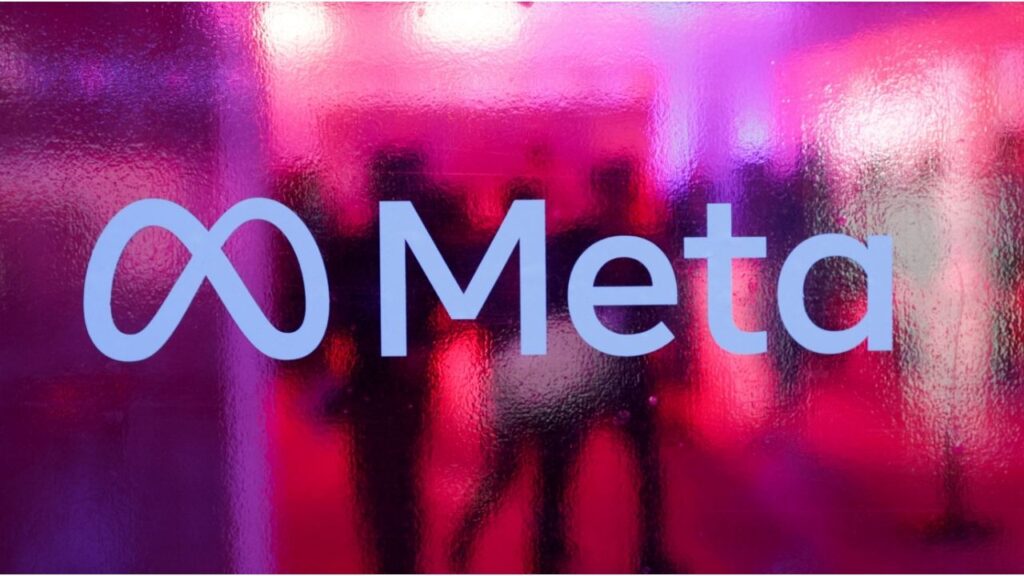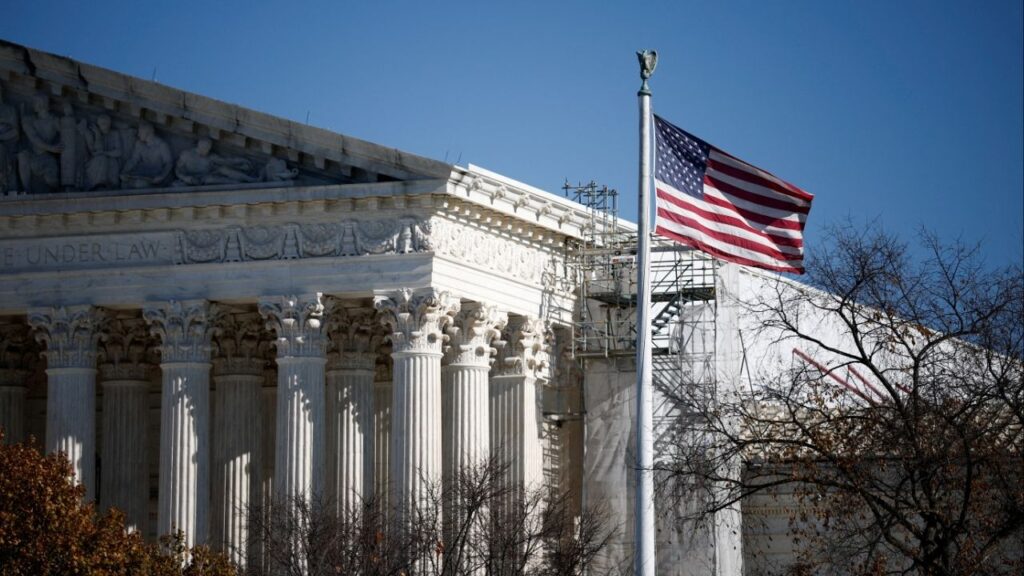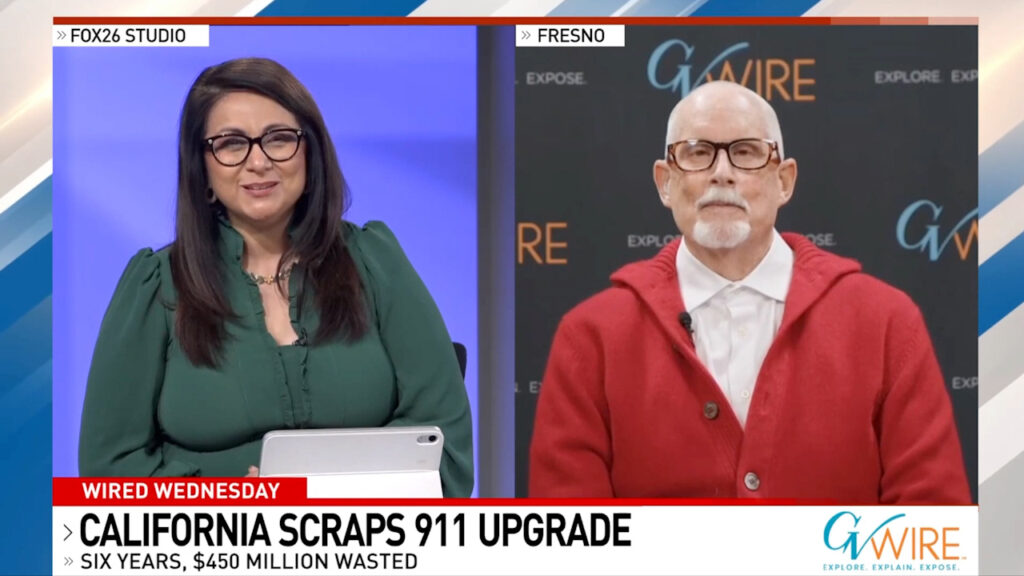A shopper looks at produce at a grocery in the Bushwick neighborhood of Brooklyn on Wednesday, Nov. 5, 2025. A federal judge ordered the Trump administration on Thursday to fund food stamps in full for roughly 42 million low-income Americans, after admonishing the government for delaying aid under the nation’s largest anti-hunger program during the shutdown.(Hiroko Masuike/The New York Times)
Share
|
Getting your Trinity Audio player ready...
|
WASHINGTON — For the first time in more than 40 days, Washington was set to open for business Thursday, although some federal services would be slow to return and thousands of government employees were left unsure of when they might receive their missing paychecks.
The longest federal shutdown in U.S. history came to a close Wednesday night as President Donald Trump signed legislation to reopen the government, but it will take some time for the programs and people who were affected by the funding freeze to recover.
Furloughed federal employees will have to come back to work, including those responsible for processing payments to programs that are dependent on government dollars. Industries such as the airline and hospitality sectors, which felt the punch of the government’s spending lapse, might need even more time to regain their footing. And the rest of the economy that felt the domino effect of the shutdown may feel the impact for some time.
Here are some of the ways the United States has to recover from the shutdown and how long that may take after the government officially reopens.
When Will Federal Workers Get Back Pay?
Federal law requires that federal workers whose paychecks were paused during the shutdown be made whole. In the past, it has taken about a week for unpaid workers to receive back pay, though the Office of Personnel Management said it varies by agency.
Transportation Secretary Sean Duffy has said that air traffic controllers will receive the first 70% of their back pay within 24 to 48 hours of the shutdown ending, but it is not clear if other parts of the government will be on a similar schedule.
It is also unclear if some departments will take longer to make workers whole because of increased vacancies in agency payroll offices as a result of the Trump administration’s downsizing efforts. In the past, the back pay arrived in one check, a lump sum much higher than what employees would have received if they were paid on a normal schedule. Because of that, many will be taxed at a higher rate, an issue they will have to sort out with the Internal Revenue Service during tax season next year.
When Will Food Stamp Benefits Be Fully Restored?
Though the Trump administration fought efforts to force them to use contingency funds to pay out benefits under the Supplemental Nutrition Assistance Program, or SNAP, during the shutdown, a spokesperson for the White House’s budget office insisted this week that beneficiaries will see their accounts fully restored within hours of the federal government reopening.
About 1 in 8 Americans — 42 million people — rely on SNAP benefits for help in purchasing groceries.
When Will Head Start Programs Come Back Online?
It could take up to two weeks for the 20 Head Start early-childhood programs that were forced to close temporarily during the shutdown to come back online, said Tommy Sheridan, deputy director of the National Head Start Association. Head Start is a crucial lifeline for hundreds of thousands of disadvantaged families and children.
In recent days, 20 programs in 17 states and Puerto Rico that served more than 9,000 children were closed temporarily because of the shutdown, he said. It is not clear how quickly each program will receive the funds it needs to restart. Many Head Start programs that had federal funding lapses stayed open with an infusion of money from other sources, including states.
When Will Air Travel Get Back to Normal?
Representatives of the airline industry have estimated it will take about a week for air travel to return to normal after the shutdown. But to keep to that schedule, a few things need to happen.
The Transportation Department must find that air traffic controllers are returning to work in large enough numbers that the threat of staffing triggers — forced delays when facilities are understaffed — is minimal.
Duffy then needs to lift mandated flight restrictions at 40 airports, which began Friday.
Wednesday night, as the House voted on legislation to end the shutdown, Duffy and the FAA’s administrator said the agency would continue restricting 6% of flights at those airports until further notice.
But officials are hoping operations will recover in time for the Thanksgiving travel rush, which ramps up the weekend before the holiday.
When Will Museums and the National Zoo Be Open?
The Smithsonian Institution — the government entity that manages a network of museums, research centers, and the National Zoo — announced a staggered schedule for reopening. The National Museum of American History, the National Air and Space Museum, and the Steven F. Udvar-Hazy Center — where two hangars feature airplanes and the space shuttle Discovery — will reopen Friday. The announcement said the rest of the museums would reopen “on a rolling basis” by Monday. A spokesperson for the National Zoo separately said the zoo would reopen to the public Saturday, adding that its animal webcams, including the one trained on the zoo’s panda, would resume streaming then too.
The reopening schedule tracks roughly with how the Smithsonian recovered from the last shutdown, in 2019, when it took four days for the museums and zoo to reopen.
National parks generally stayed open during the shutdown with reduced services, but dozens of them were expected to be fully reopened Thursday.
When Will Economic Data Be Released?
The government shutdown shuttered the statistical agencies that produce data on employment, inflation, consumer spending and other aspects of the economy, leaving policymakers flying blind at a critical moment for the economy. When the government reopens, that fog will begin to lift, but only gradually. The Bureau of Labor Statistics will probably be able to release job market data from September within a few days of the government reopening. Other reports on September, such as data on retail sales, could also come out relatively quickly.
But the statistical agencies had to pause new data collection during the shutdown, which means they don’t have any information about what happened in October. Collecting that data will take time and in some cases may be impossible. The White House recently suggested that it doesn’t expect the labor statistics agency to release a consumer price index report for October, although some private-sector economists argue a report is still possible.
Even when the data is released, some of it may come with an asterisk. Many government statistics are based on surveys of households and businesses; when those surveys are delayed, there is a risk that people won’t accurately remember what they were doing during the relevant period.
—
This article originally appeared in The New York Times.
By Karoun Demirjian and Eileen Sullivan/Hiroko Masuike
c. 2025 The New York Times Company
RELATED TOPICS:
Categories

MAHA Activists Urge Trump to Fire His EPA Administrator

Meta Strikes Multiple AI Deals With News Publishers

















